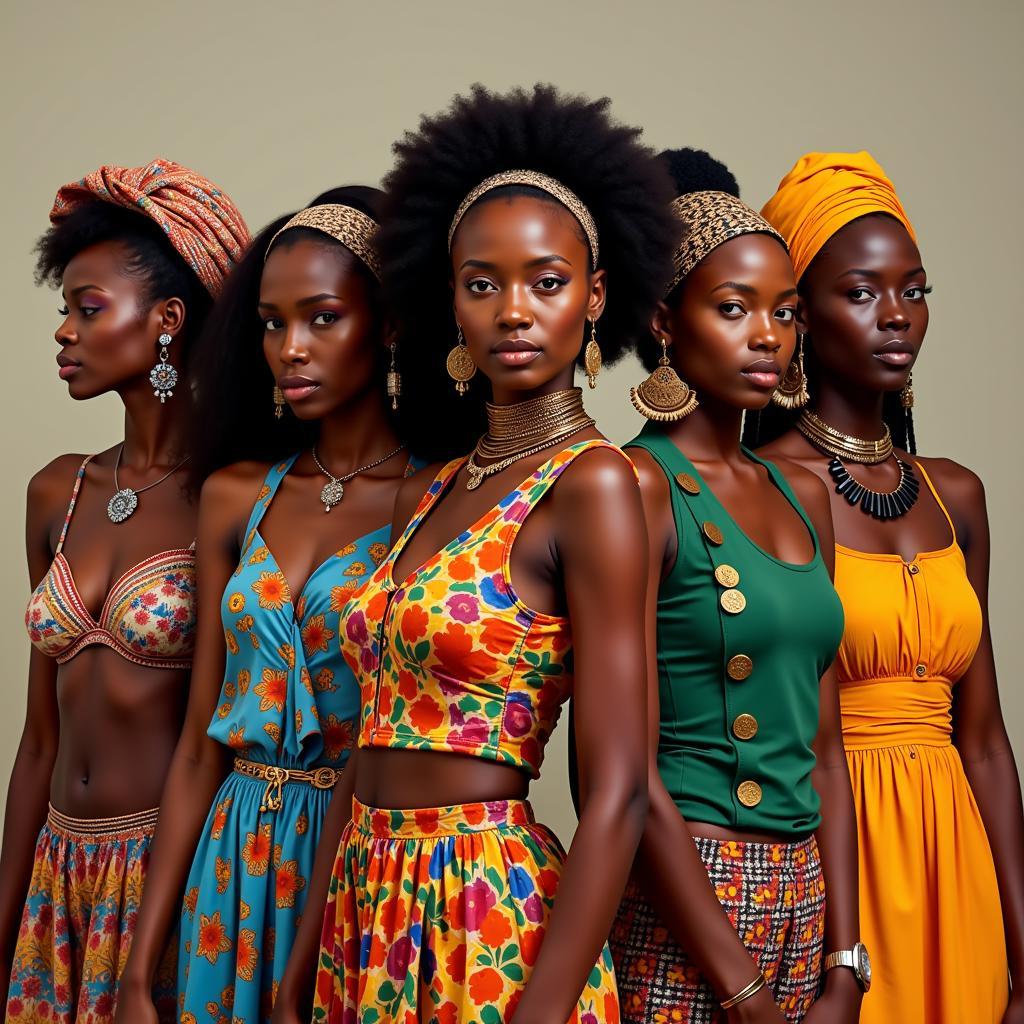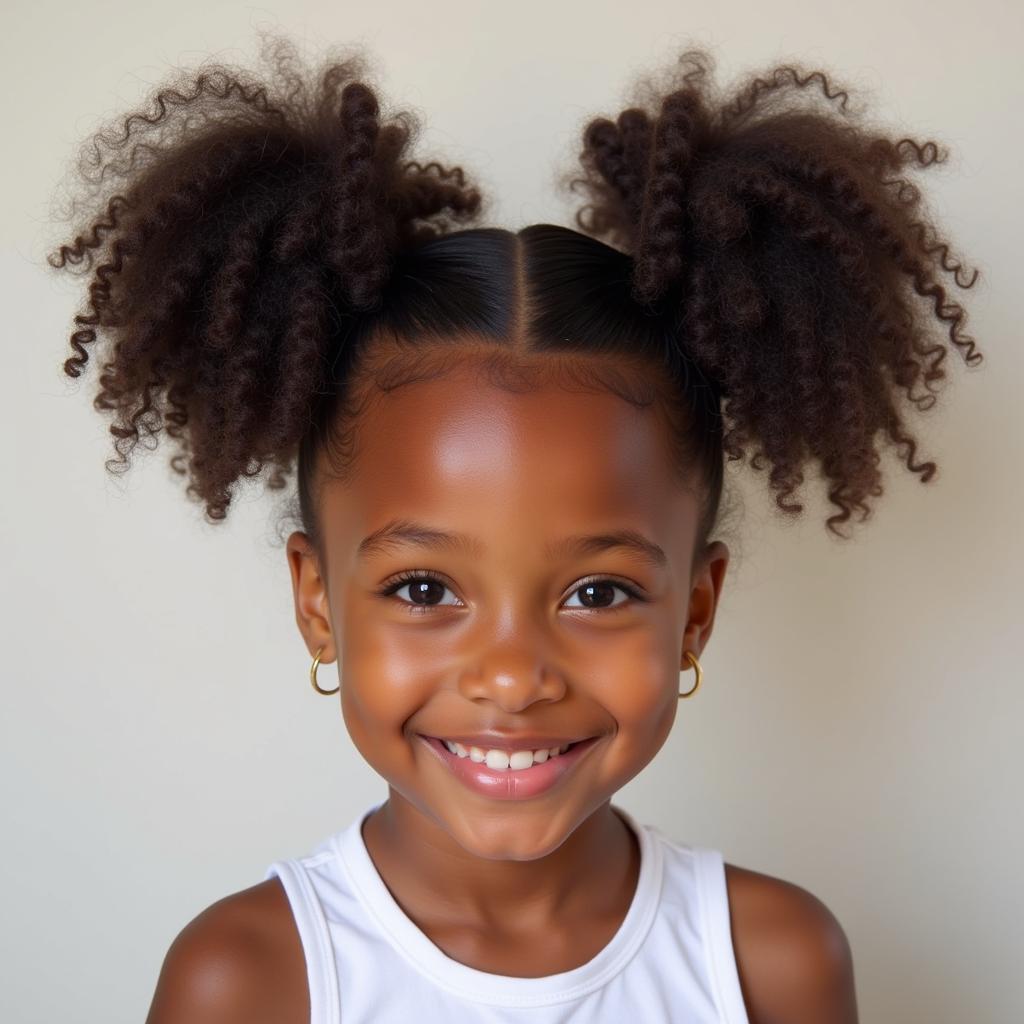Exploring the Beauty and Versatility of African Hair: A Vector Guide
African hair is a captivating symbol of identity, heritage, and resilience. Its diverse textures, styles, and cultural significance have inspired countless artists, designers, and creatives across the globe. In the realm of visual design, African hair has become a popular subject for vector illustrations, offering a unique platform to showcase its beauty, versatility, and cultural nuances.
Understanding the Significance of African Hair Vectors
African Hair Vectors are digital illustrations that capture the intricate details and unique characteristics of African hair. They are incredibly versatile, allowing designers to create various representations of African hair, from elaborate braids and twists to natural curls and locs. These vectors are commonly used in:
- Branding and Marketing: African hair vectors can be incorporated into logos, website designs, social media graphics, and marketing materials to create a visually appealing and culturally relevant brand identity.
- Fashion and Beauty: Vectors are widely used in fashion illustration, showcasing diverse hairstyles and hair accessories, promoting inclusivity and diversity within the beauty industry.
- Education and Awareness: These vectors can be used in educational materials, books, and presentations to raise awareness about the history, culture, and social significance of African hair.
- Art and Illustration: Artists use African hair vectors as a powerful tool to express their creativity, explore themes of identity, and celebrate the beauty of diversity.
What are African Hair Vectors Used for?
African hair vectors are used for a wide range of purposes, extending beyond simple aesthetics. They play a crucial role in:
- Promoting Cultural Appreciation: By representing diverse African hairstyles, these vectors help to foster appreciation for different cultures and challenge stereotypes.
- Empowering Individuals: African hair vectors can be used to represent individuals with African hair, empowering them to embrace their unique features and celebrating their individuality.
- Encouraging Inclusivity: These vectors can be incorporated into diverse visual projects, promoting a more inclusive and representative representation of people in media and design.
- Facilitating Education: African hair vectors can be used to teach children and adults about different hair textures, cultural significance, and the historical context of African hairstyles.
A Deeper Look at Vector Styles:
- Realistic Vectors: These vectors strive for accuracy and detail, capturing the intricate textures and nuances of different African hair types.
- Stylized Vectors: These vectors offer a more artistic interpretation of African hair, using simplified shapes and bold colors to create unique and expressive visuals.
- Cartoon Vectors: These vectors are often used for creating fun and playful illustrations, depicting African hair in a light-hearted and imaginative way.
- Geometric Vectors: These vectors utilize geometric shapes and patterns to create a modern and abstract representation of African hair, highlighting its complexity and beauty.
The Importance of Cultural Authenticity in African Hair Vectors
It’s crucial to approach the use of African hair vectors with cultural sensitivity and respect. Here’s why:
- Representation Matters: When representing African hair in visual media, it’s essential to portray it in a way that is respectful and authentic. Avoid using stereotypes or inappropriate representations that perpetuate harmful biases.
- Consultation with Experts: Consulting with experts on African hair and culture can provide valuable insights and guidance on creating authentic and inclusive representations.
- Promoting Positive Images: African hair vectors should be used to promote positive images of African people and their diverse hairstyles, encouraging self-acceptance and celebrating diversity.
Expert Insights on African Hair Vectors
“Authentic representation is crucial when it comes to African hair vectors. We must move beyond stereotypes and showcase the full spectrum of beauty and diversity within African hairstyles. These vectors should be used to celebrate our heritage and empower individuals to embrace their unique identity.” – Dr. Amina Njeri, Anthropologist specializing in African Hair Culture
“African hair vectors have the potential to be a powerful tool for promoting inclusivity and challenging negative stereotypes. When used thoughtfully, they can foster a greater appreciation for the rich cultural heritage of African hair and inspire a sense of pride in African communities.” – Malkia Jones, Founder of a digital platform for African hair education.
African Hair Vectors: A Creative and Empowering Tool
African hair vectors offer a unique and versatile tool for designers, artists, and creatives to explore the beauty and cultural significance of African hair. By embracing authenticity, inclusivity, and respect, these vectors can be used to promote positive representations, inspire creativity, and celebrate the rich cultural heritage of African hairstyles.
For those interested in exploring the world of African hair vectors, numerous online resources and platforms offer a wide selection of high-quality illustrations. These resources can be invaluable tools for designers, artists, and anyone seeking to incorporate authentic representations of African hair into their work.
Are you ready to explore the vast possibilities of African hair vectors? Start your creative journey today and celebrate the beauty and versatility of this unique cultural expression.
Frequently Asked Questions (FAQs)
1. What are the different types of African hair textures?
African hair comes in a wide range of textures, from fine and silky to coarse and tightly coiled. Common textures include:
- Straight: Hair grows in a straight pattern, with minimal curl or waves.
- Wavy: Hair has a gentle wave pattern, creating a soft and flowing look.
- Curly: Hair curls in a tight spiral pattern, ranging from loose curls to tight coils.
- Coily: Hair forms extremely tight coils, often referred to as “kinky” hair.
2. What are some popular African hairstyles?
There are countless popular African hairstyles, each with its own unique history and cultural significance. Some of the most well-known styles include:
- Braids: Hair is interwoven into intricate patterns, creating a variety of styles from simple to elaborate.
- Twists: Hair is twisted into rope-like strands, creating a neat and polished look.
- Locs: Hair is sectioned and allowed to naturally lock together, forming rope-like strands.
- Afros: Hair is allowed to grow naturally into a voluminous and rounded shape.
3. Where can I find high-quality African hair vectors?
There are many online resources where you can find high-quality African hair vectors. Some popular platforms include:
- Adobe Stock: A vast library of stock images, including a wide selection of African hair vectors.
- Shutterstock: Another leading platform for stock images and vectors, offering a diverse collection of African hair illustrations.
- Creative Market: A curated marketplace for digital assets, featuring high-quality African hair vectors from independent artists.
- Freepik: A free and premium platform offering a range of design resources, including African hair vectors.
4. What are some tips for using African hair vectors effectively?
- Consider the context: Choose vectors that are appropriate for your project’s theme, target audience, and overall message.
- Embrace diversity: Utilize vectors that represent the full spectrum of African hair textures and styles, promoting inclusivity and diversity.
- Respect cultural sensitivity: Ensure that the vectors you choose are respectful and accurate representations of African hair and culture.
5. How can I contribute to promoting positive representations of African hair?
You can contribute to promoting positive representations of African hair by:
- Supporting artists and designers: Purchase and use vectors created by African artists and designers, empowering them and promoting their work.
- Raising awareness: Educate others about the beauty and diversity of African hair, challenging stereotypes and promoting understanding.
- Using your platform for inclusivity: Incorporate African hair vectors into your own projects, creating more inclusive and representative visuals.


